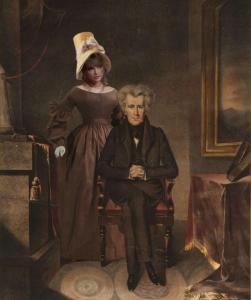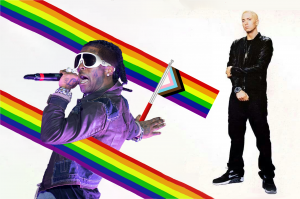
After Taylor Swift debuted her album “1989” in October 2014, she undoubtedly received her fair share of flowers. Nine years later, the project’s re-release is earning her an entire garden.
Following Swift’s legal battles over the ownership of her work with her former record label, the artist decided to re-release her first six albums under the parenthetical “Taylor’s Version.” The albums have received significant support in light of her talent and reclamation of her music. “1989” is the fourth re-release.
Since releasing “1989 (Taylor’s Version),” Swift has sold more than 1.6 million album units, surpassing her previous personal record of 1.5 million from the release of “Midnights.”
At the time of this writing, Swift’s impressive sales are reflected on the Billboard Top 100, as a whopping eight of the top 10 tracks belonged to the rerelease of “1989.” Alongside Swift’s chart-topping songs were tracks by SZA and Doja Cat, making this the second time in history that the Billboard Top 10 consisted of all female artists.
Despite her objective commercial success, many have questioned if Swift is more deserving of recognition than others, specifically artists who are part of marginalized groups.
For years, Swift has been unnecessarily pitted against prominent Black artists, sparking debates over which artist displays the most talent or success. Swift’s fanbase, known as Swifties, have compared albums like “1989” to cultural masterpieces like Kendrick Lamar’s “To Pimp a Butterfly.”
Earlier this summer, comedian Andrew Schulz told internet personality Charlamagne tha God in a TikTok that the only artist Taylor Swift could be compared to is Michael Jackson.
“You’re doing a disservice to Beyonce to compare her to Taylor Swift because Taylor is in another galaxy,” Schulz said.
With such frequent comparisons discrediting Black artists, the question remains, why do fans feel the need to compare Swift to influential artists of color?
The answer? They shouldn’t. Swift is unquestionably talented, but her fanbase often overlooks how her whiteness catapults her success. For example, often regarded as iconoclastic to the feminist movement, Swift was recognized as Billboard’s Woman of the Decade following the singer’s active censure of misogyny.
Yet, Black female artists like Janet Jackson, Lauryn Hill and Little Simz have vocalized contempt against the music industry’s misogynoir for years. Crucially, the perspectives offered on tracks like Queen Latifah’s “Ladies First” or projects like “The Miseducation of Lauryn Hill” promote a type of feminism that encompasses blackness.
To be considered a feminist icon, Swift must do more than write about heartbreak and heartstrings. For white audiences who do not consider the necessity of inclusive activism, Swift represents quintessential feminism, and media outlets agree.
After speaking out about her sexual assault, Swift was named the 2017 Person of the Year by a Time Magazine’s issue called “Silence Breakers.” Yet, in that same year, Tarana Burke, a Black female activist who pioneered the #MeToo movement was excluded from the magazine’s cover. From artists to activists, it’s clear — whiteness is preferable in the conversation of advocacy.
Even the writing ability of artists like Lamar is incomparably more nuanced than Swift’s. But Swifties will continue to discredit Black artists to preserve the perception of the pop star as an elite and unrivaled heroine.
Ultimately, Schulz was right when he said Swift exists in another galaxy, and so do Swifties. No one on this earth should genuinely believe that Swift is leagues above the revolutionary artists of color who have positively impacted the industry.
To all Swifties, Swift has enough flowers. It’s time to share them.




